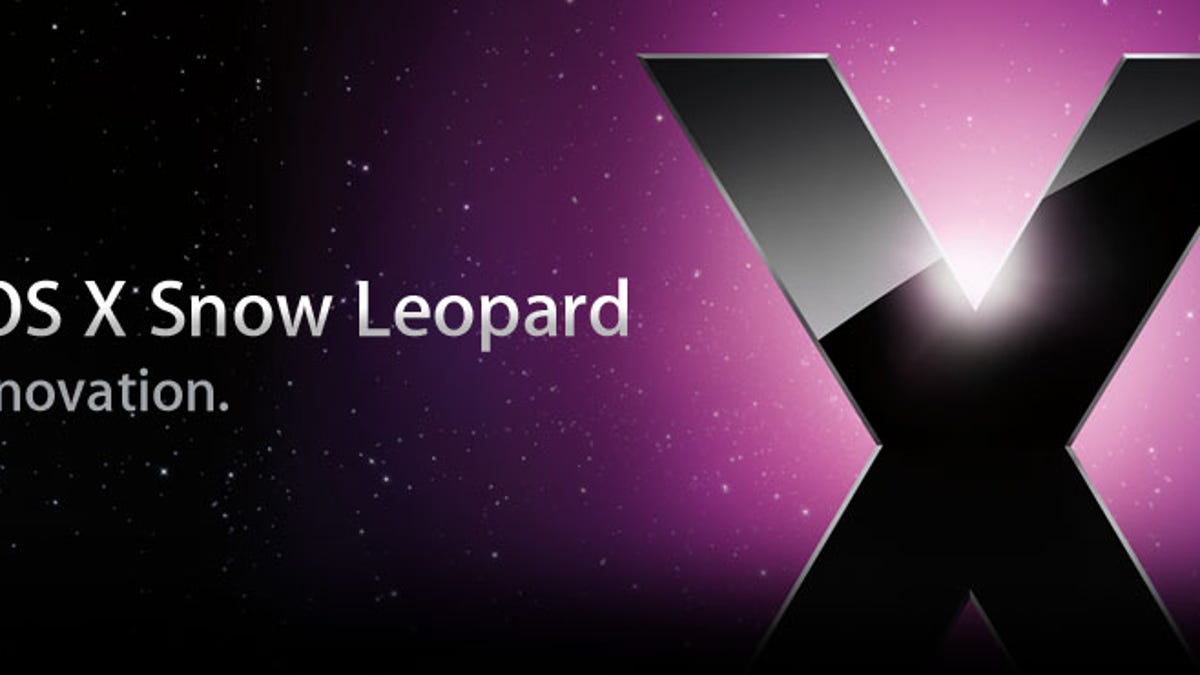Apple moving Finder to Cocoa
One of the last Apple-developed applications written in the Carbon programming environment has been rewritten using Apple's Cocoa programming environment, according to a report.

Apple has finally rewritten one of the most important applications in Mac OS X in its preferred programming environment, according to a report.
AppleInsider reports that Finder, the ubiquitous file management application in Mac OS X, has been rewritten using Apple's Cocoa development environment in advance of the release of Mac OS X 10.6, otherwise known as Snow Leopard. Finder remained a stubborn holdout tied to the Carbon programming environment as Apple encouraged internal and external developers to switch to Cocoa over the last several years.
Apple hasn't released a ton of formal information about Snow Leopard, but it has emphasized that the operating system will mark the completion of Apple's march toward a 64-bit release. The company has also said that application developers won't be able to write 64-bit applications in Carbon, which seems like Apple's way of pushing Carbon holdouts onto Cocoa.
It's not that easy, however, to switch large applications from one development environment to another: Adobe Systems thought it would be able to write a Carbon-based 64-bit version of Photoshop, but had to delay its plans for a 64-bit version of Photoshop for Mac OS after learning it would have to switch Photoshop to Cocoa.
Snow Leopard is expected to arrive "about a year" after it was announced last June at the Worldwide Developers Conference, which gives Apple a lot of wiggle room to work out the kinks. The new version will also support the ability to create separate Mac OS X images on disk partitions or external drives, according to AppleInsider.